When disaster strikes and your roof bears the brunt of nature’s fury, navigating the complexities of filing a roof replacement insurance claim can be daunting. This comprehensive guide will equip you with the knowledge and strategies to ensure a smooth and successful claim process, helping you restore your home to its former glory.
From understanding your insurance coverage to documenting the damage, filing the claim, and working with the insurance adjuster, we’ll cover every step in detail. We’ll also provide tips for choosing a qualified contractor, preparing for the roof replacement, monitoring the process, and preventing future roof damage.
Let’s dive in and protect your home.
Understanding Insurance Coverage
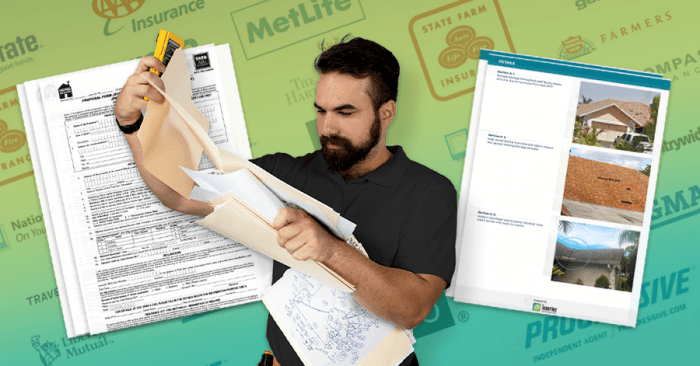
Homeowners insurance policies typically cover roof replacement in certain circumstances. It’s essential to understand the scope of your coverage before filing a claim. Let’s explore the key aspects of insurance coverage for roof replacement.
Types of Damages Typically Covered
Insurance policies generally cover roof damage caused by specific events or perils. Common examples include:
- Windstorms: Damage caused by strong winds, hurricanes, or tornadoes is often covered.
- Hail: Dents or cracks on the roof caused by hail are typically covered.
- Lightning: Damage resulting from lightning strikes or electrical surges is often covered.
- Fire: Roof damage caused by a fire, whether accidental or intentional, is usually covered.
- Falling Objects: Damage caused by falling objects, such as trees or branches, is often covered.
Exclusions and Limitations
While insurance policies cover many types of roof damage, there are certain exclusions and limitations to be aware of:
- Wear and Tear: Gradual deterioration of the roof due to age or neglect is typically not covered.
- Negligence: Damage caused by the homeowner’s negligence or failure to maintain the roof is often excluded.
- Improper Installation: Damage resulting from improper installation or faulty workmanship is generally not covered.
- Acts of War or Terrorism: Damage caused by acts of war, terrorism, or nuclear incidents is typically excluded.
- Maintenance and Repairs: Regular maintenance and repairs are not usually covered.
Documenting the Damage
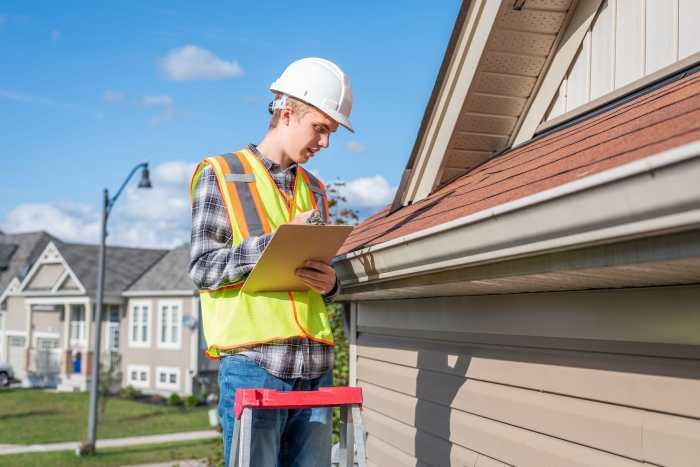
Thoroughly documenting the roof damage is crucial for a successful insurance claim. It provides visual and written evidence to support your claim and helps the insurance company assess the extent of the damage accurately.
Taking Photographs
Take clear and detailed photographs of the damage from various angles. Use a high-resolution camera or smartphone with a good camera. Ensure the photos are well-lit and in focus. Take close-ups of the damaged areas, showing the extent and severity of the damage.
Also, take photos of the surrounding areas to provide context.
Creating a Written Record
Create a detailed written record of the damage, including the date, time, and cause of the damage. Describe the damage in detail, noting the type of damage, the location on the roof, and the estimated size of the damaged area.
Include any relevant information, such as weather conditions at the time of the damage or any other factors that may have contributed to the damage.
Filing the Claim
Filing an insurance claim for roof replacement can be a daunting task, but following the correct steps and providing the necessary information can make the process smoother. This section Artikels the steps involved, the information typically required, and the different methods for filing a claim.
Steps Involved in Filing a Claim
The steps involved in filing a roof replacement insurance claim typically include:
- Contact Your Insurance Company: Contact your insurance company as soon as possible after the damage occurs. They will provide you with a claim form and instructions on how to proceed.
- Gather Information: Gather information about the damage, including photos, videos, and any documentation you have. You will also need your policy number, the date of damage, and an estimated cost of repairs.
- File the Claim: You can file the claim online, over the phone, or through a claims adjuster. If you file the claim online or over the phone, you will need to provide the information gathered in step 2.
- Receive an Initial Assessment: After you file the claim, an insurance adjuster will inspect the damage and assess the extent of the repairs needed. The adjuster will also determine if the damage is covered by your policy.
- Negotiate the Settlement: If the damage is covered by your policy, you will negotiate a settlement with the insurance company. The settlement amount should cover the cost of repairs, minus any applicable deductible.
- Receive Payment and Begin Repairs: Once you reach a settlement agreement with the insurance company, you will receive payment and can begin repairs on your roof.
Information Typically Required
The information typically required when filing a roof replacement insurance claim includes:
- Policy Number: Your insurance policy number can be found on your insurance card or policy documents.
- Date of Damage: The date the damage occurred is important for determining coverage and calculating any applicable depreciation.
- Estimated Cost of Repairs: You will need to provide an estimated cost of repairs from a qualified contractor.
- Photos and Videos: Take photos and videos of the damage to your roof. These will help the insurance adjuster assess the extent of the damage.
- Documentation: Gather any documentation you have related to the damage, such as repair estimates, receipts, and correspondence with your insurance company.
Methods for Filing a Claim
There are three main methods for filing a roof replacement insurance claim:
- Online: Many insurance companies offer online claim filing. This is a convenient option if you have access to the internet and are comfortable filing claims online.
- Over the Phone: You can also file a claim over the phone by calling your insurance company’s customer service number. A representative will walk you through the process and help you file the claim.
- Through a Claims Adjuster: If you prefer, you can file a claim through a claims adjuster. A claims adjuster will come to your property to inspect the damage and help you file the claim.
Working with the Insurance Adjuster
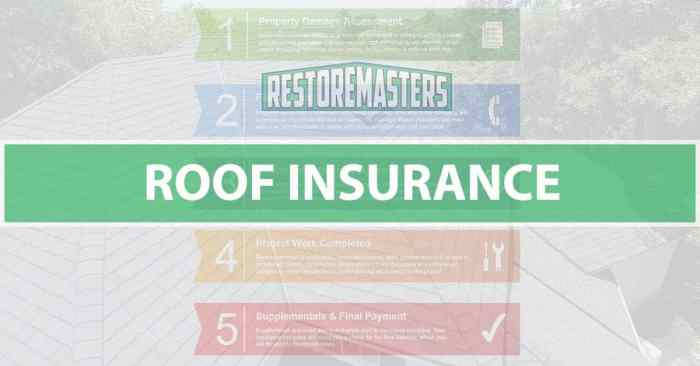
Interacting with the insurance adjuster is a critical aspect of the roof replacement insurance claim process. Effective communication and understanding the adjuster’s role can help ensure a fair and smooth settlement.
The insurance adjuster’s primary responsibility is to assess the damage, determine the cause of the damage, and evaluate the claim amount. They will inspect the roof, take photographs, and gather information about the damage.
Communicating with the Adjuster
- Be Polite and Respectful: Maintain a cordial and professional demeanor throughout the interaction. Treat the adjuster with respect, even if you disagree with their assessment.
- Be Clear and Concise: Provide clear and concise information about the damage and your claim. Avoid rambling or irrelevant details.
- Be Honest and Accurate: Provide honest and accurate information about the damage and the cause of the damage. Do not exaggerate or fabricate information.
- Be Prepared: Gather all relevant documentation and information before speaking with the adjuster. This may include photographs, repair estimates, and receipts.
- Ask Questions: If you have any questions or concerns, ask the adjuster for clarification. Do not hesitate to seek additional information or explanations.
Negotiating with the Adjuster
- Understand Your Policy: Familiarize yourself with your insurance policy and the coverage limits. This knowledge will help you understand the extent of your coverage and negotiate effectively.
- Be Realistic: Be realistic in your expectations for the settlement amount. Keep in mind that the adjuster is working within the guidelines of the insurance policy.
- Document Everything: Keep a record of all communications with the adjuster, including phone calls, emails, and letters. This documentation can be valuable if you need to appeal the settlement amount.
- Consider Mediation: If you are unable to reach an agreement with the adjuster, consider mediation. Mediation is a process where a neutral third party helps facilitate a resolution between you and the insurance company.
Choosing a Qualified Contractor

Selecting the right contractor for your roof replacement project is crucial. A reputable and experienced contractor will ensure the job is done correctly and efficiently, while protecting your interests throughout the process.
To find and evaluate potential contractors, consider the following tips:
Recommendations and Referrals
Ask friends, family, or neighbors who have recently had their roofs replaced for recommendations. You can also check online reviews and ratings for local contractors.
Licensing and Insurance
Make sure the contractor is licensed and insured in your state. This protects you in case of any accidents or damage during the project.
Experience and Expertise
Choose a contractor with experience in roof replacement, especially with the type of roof you have. Ask about their experience with similar projects and their success rate.
Reputation and References
Check the contractor’s reputation by reading online reviews and asking for references from previous clients. Contact the references to get their firsthand experience with the contractor’s work.
Written Contract and Warranty
Get a written contract that clearly Artikels the scope of work, materials to be used, project timeline, and payment terms. Also, ensure the contractor offers a warranty for their work.
Preparing for the Roof Replacement
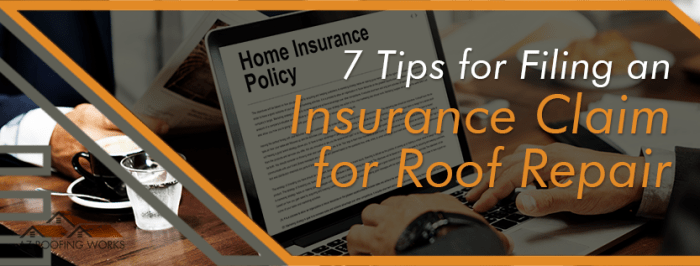
Prior to the commencement of the roof replacement project, meticulous preparation is essential to ensure a smooth and successful process.
Removing Personal Belongings from the Attic
The attic often serves as a storage space for various items, ranging from seasonal decorations to old furniture. Before the roof replacement commences, it is crucial to remove all personal belongings from the attic to prevent damage from dust, debris, and potential water leaks.
This precautionary measure ensures the safety and integrity of your possessions.
Protecting Landscaping
During the roof replacement process, falling debris and materials can pose a risk to your landscaping. To safeguard your plants, shrubs, and lawn, consider covering them with tarps or plywood. Additionally, clearly mark any underground utilities, such as sprinkler systems, to prevent accidental damage during the project.
Obtaining Necessary Permits and Approvals
In certain jurisdictions, roof replacement projects may require permits or approvals from local authorities. It is your responsibility to ascertain whether such permits are necessary and to obtain them prior to the commencement of the project. Failure to comply with local regulations may result in delays or even legal repercussions.
Coordinating with the Contractor and Scheduling the Roof Replacement
Effective communication and coordination with the roofing contractor are paramount to the success of the project. Discuss the project timeline, including the start and completion dates, as well as any potential disruptions or inconveniences that may arise during the replacement process.
It is also essential to establish a clear payment schedule and agree upon the terms of the warranty.
Monitoring the Roof Replacement
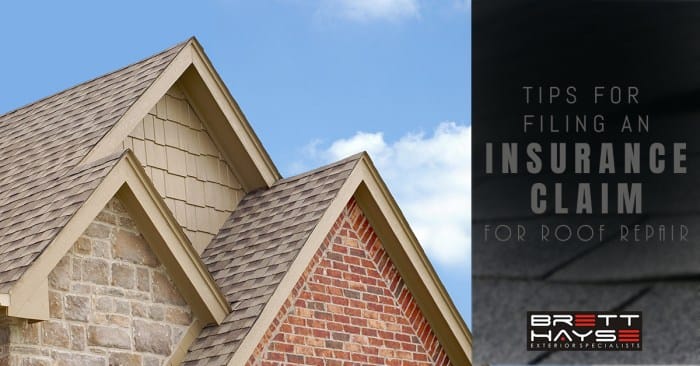
Once the insurance claim is approved and the contractor is selected, it’s crucial to monitor the roof replacement process to ensure the work is completed properly. This involves inspecting the work of the contractor, identifying any potential issues, and taking necessary steps if concerns arise.
Inspecting the Work
- Regular Inspections: Regularly inspect the work site to observe the progress and identify any deviations from the agreed-upon plan.
- Checking Materials: Verify that the materials used are of the quality specified in the contract and meet industry standards.
- Attention to Details: Pay attention to details like proper installation techniques, flashing around chimneys and vents, and overall workmanship.
- Safety Precautions: Ensure that the contractor follows safety protocols, including wearing appropriate protective gear and securing the work area.
Identifying Potential Issues
- Visible Defects: Look for visible defects such as uneven shingles, improper alignment, or gaps in the roofing material.
- Water Leaks: Check for water leaks by observing the roof during heavy rain or by using a hose to simulate rainfall.
- Structural Concerns: Be mindful of structural concerns like sagging roof lines, loose or damaged rafters, or signs of rot or decay.
- Unprofessional Conduct: Observe the contractor’s conduct and professionalism, including their responsiveness to inquiries and adherence to the agreed-upon timeline.
Addressing Concerns
- Communication: Openly communicate any concerns or observations with the contractor. Discuss potential issues and seek their explanation or proposed solutions.
- Documentation: Keep detailed records of all interactions, including phone calls, emails, and site visits, along with photos or videos of any identified problems.
- Escalation: If concerns persist or the contractor fails to address them satisfactorily, consider escalating the issue to the insurance company or relevant authorities.
Documenting the Roof Replacement Process
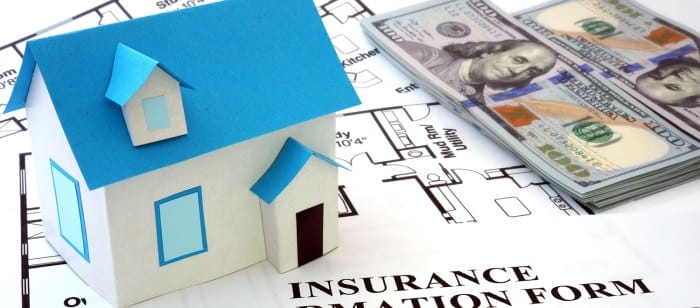
Documenting the roof replacement process is crucial for a successful insurance claim. It involves capturing detailed information about the condition of your roof, the work done, and the expenses incurred. Here’s a guide to help you document the process effectively:
Taking Photos of the Work in Progress
1. Photograph the existing roof damage
Before the work begins, take photos of the damaged roof from different angles. Capture close-ups of the areas with leaks, cracks, or missing shingles.
2. Document the work in progress
As the roof replacement project advances, take photos of the work being done. Capture images of the crew removing the old roofing material, installing the new underlayment, and securing the new shingles.
3. Take photos of the finished roof
Once the new roof is installed, take photos of the finished product. Capture images of the new shingles, flashing, and vents. Ensure that the photos clearly show the quality of the work done.
Keeping Receipts andInvoices Related to the Roof Replacement
1. Collect receipts for materials
Request receipts for all materials purchased for the roof replacement project, including shingles, underlayment, flashing, and insulation.
2. Keep track of labor costs
Record the labor costs associated with the roof replacement, including the hourly wages of the crew and any subcontractors involved.
3. Document additional expenses
If there are additional expenses incurred during the roof replacement process, such as permits or waste disposal fees, keep receipts or records of these costs as well.
Creating a Detailed Record of the Roof Replacement Process
1. Maintain a project log
Create a project log that includes information about the dates of the roof replacement, the names of the contractors involved, and any warranties or guarantees provided.
2. Keep a record of communication
Save copies of all communication with the insurance company, contractors, and suppliers. This includes emails, text messages, and phone records.
3. Organize all documents
Keep all photos, receipts, and records organized in a central location. This will make it easier to provide the insurance company with the necessary documentation to support your claim.
Filing a Supplemental Claim

Introductory paragraphIn certain circumstances, homeowners may need to file a supplemental claim with their insurance company to recover additional costs associated with their roof replacement. These circumstances can include:
Additional Costs
- Additional materials:
- Additional labor:
- Additional permits or fees:
- Additional living expenses during the replacement process:
- Additional costs not covered by the initial claim:
Filing a Supplemental Claim
Elaborate on the process of filing a supplemental claim, including the information typically required by insurance companies, such as:
- A copy of the original claim and settlement agreement:
- An explanation of the additional costs being claimed:
- Documentation to support the additional costs, such as receipts, estimates, or contractor bills:
- Photos of the additional work performed:
- A copy of the roofing permit or other relevant permits:
- A copy of the manufacturer’s warranty for the new roof:
Negotiating with the Insurance Adjuster
Share tips for negotiating with the insurance adjuster to ensure a fair settlement for the supplemental claim:
- Be prepared:
- Be persuasive:
- Be patient:
- Be willing to compromise:
- Consider mediation or arbitration if necessary:
Preventing Future Roof Damage
Intro ParagraphPreventing future roof damage is crucial for maintaining the integrity and longevity of your home. By taking proactive steps to maintain your roof and identify potential problems early on, you can minimize the risk of costly repairs and replacements.
Roof Maintenance and Inspection
- Regular Inspections: Conduct regular visual inspections of your roof, especially after storms or severe weather events. Look for signs of damage, such as missing or damaged shingles, cracks, or leaks.
- Cleaning and Debris Removal: Keep your roof clean by removing leaves, twigs, and other debris that can accumulate and trap moisture. Trim overhanging tree branches to prevent damage from falling limbs.
- Gutter Maintenance: Ensure your gutters and downspouts are clear and free-flowing to prevent water buildup and leaks. Consider installing gutter guards to minimize debris accumulation.
- Professional Roof Inspections: Schedule periodic professional roof inspections, especially if you live in an area prone to severe weather or have an older roof.
Choosing the Right Roofing Materials
- Material Durability: Select roofing materials that are durable and resistant to the climate conditions in your area. Consider factors such as wind resistance, hail resistance, and fire resistance.
- Material Quality: Opt for high-quality roofing materials from reputable manufacturers. Avoid low-quality or cheap materials that may deteriorate quickly.
- Longevity: Choose roofing materials with a long lifespan to minimize the need for frequent replacements. Some materials, such as metal or slate, can last for decades.
Proper Installation
- Qualified Contractors: Hire experienced and qualified roofing contractors for installation. Ensure they have a good reputation, are licensed and insured, and provide warranties for their work.
- Installation Standards: Make sure the roofing contractors follow proper installation techniques and adhere to industry standards. This includes proper nailing, flashing, and sealing to prevent leaks.
- Inspections During Installation: Conduct periodic inspections during the installation process to ensure the work is being done correctly and according to specifications.
Last Point
Filing a roof replacement insurance claim can be a complex process, but with the right knowledge and preparation, you can navigate it successfully. Remember to thoroughly document the damage, communicate effectively with your insurance adjuster, and choose a reputable contractor.
By following the steps Artikeld in this guide, you’ll be well-equipped to ensure a fair settlement and a roof that protects your home for years to come.
Frequently Asked Questions
Q: What are some common exclusions or limitations that may apply to roof replacement claims?
A: Exclusions and limitations can vary between insurance policies, but some common ones include damage caused by wear and tear, lack of maintenance, and intentional acts. It’s important to carefully review your policy to understand what is and isn’t covered.
Q: How do I effectively communicate with the insurance adjuster?
A: Communication is key when dealing with the insurance adjuster. Be clear, concise, and provide all necessary documentation. Ask questions, express your concerns, and maintain a professional and respectful demeanor. Building a positive relationship with the adjuster can help expedite the claim process.
Q: What factors should I consider when choosing a roofing contractor?
A: When selecting a roofing contractor, consider their experience, reputation, insurance coverage, and licensing. Ask for references, check online reviews, and ensure they provide a detailed estimate and a written contract. Choosing a qualified contractor will give you peace of mind and ensure a quality roof replacement.



